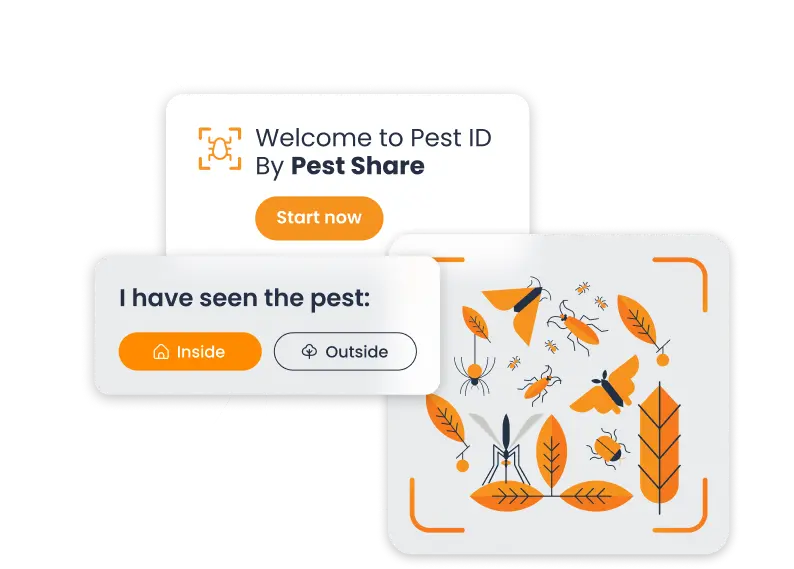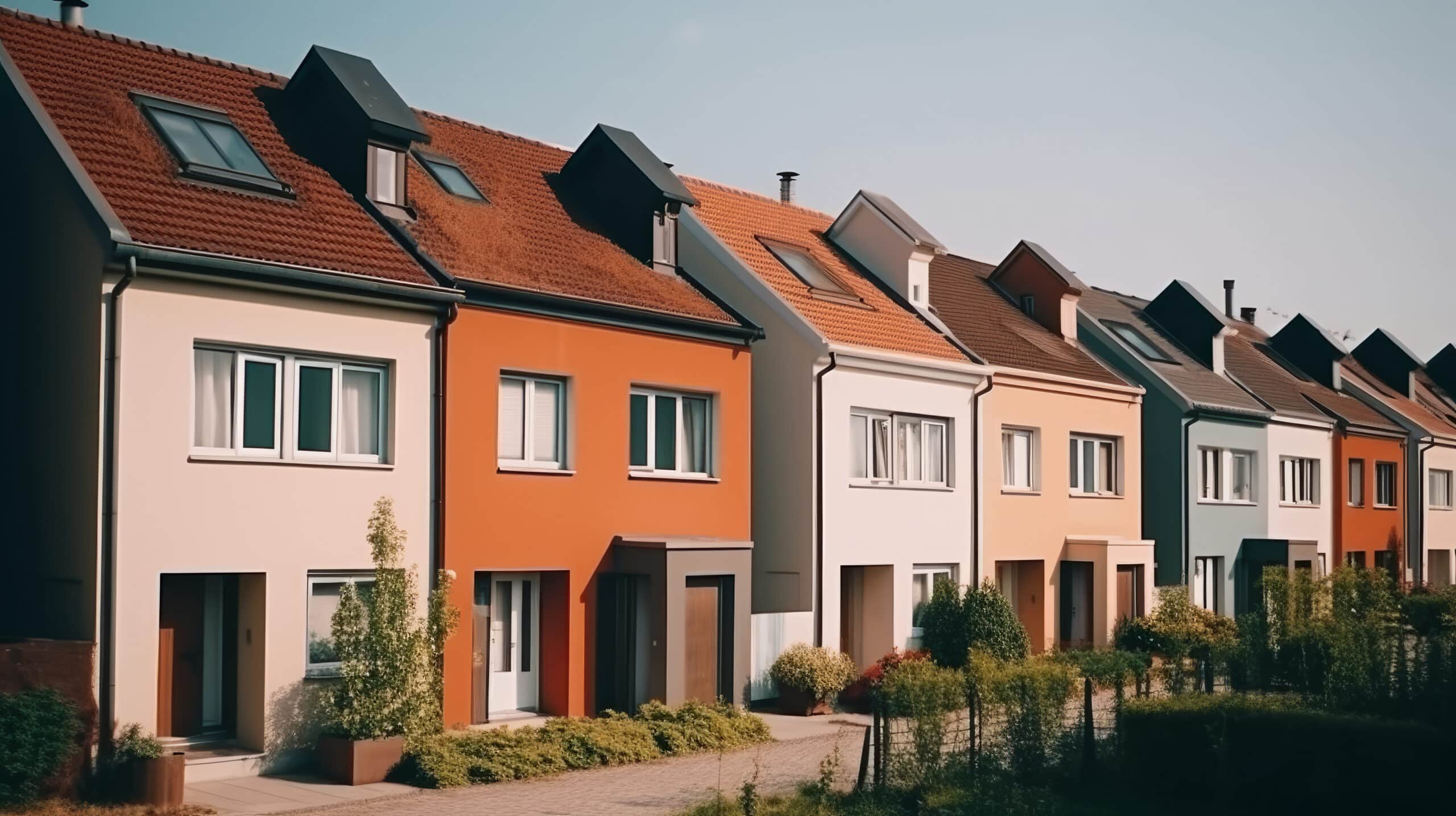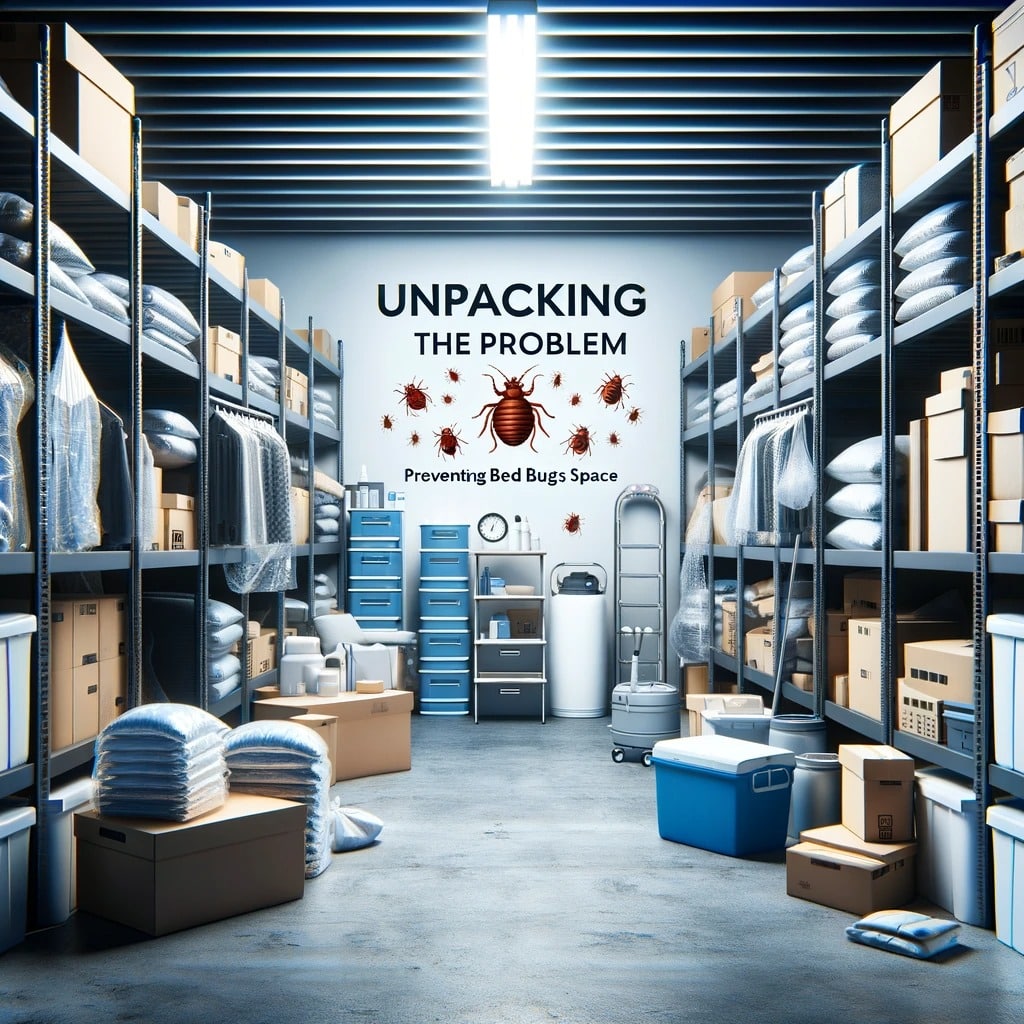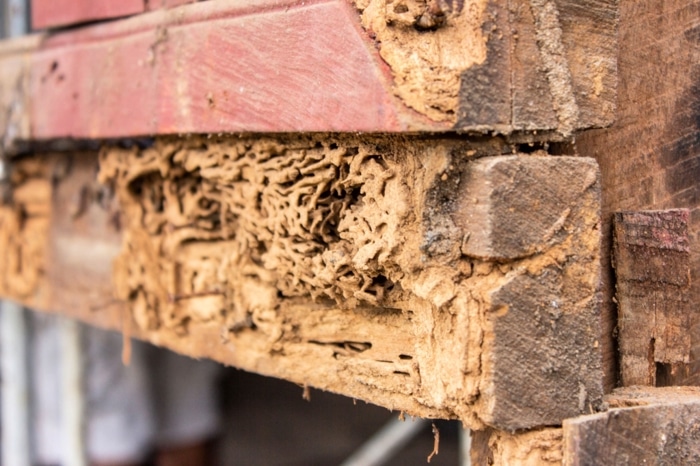Facing an unexpected pest infestation can quickly turn a property manager’s routine operation into a nightmare scenario. Traditional pest control methods, while somewhat effective, often fall short in providing timely, less intrusive, and comprehensive solutions. The evolving landscape of property management demands innovative approaches to ensure tenant satisfaction and operational efficiency. The advent of digital pest control heralds a new era, transforming the way property managers handle pest infestations through advanced technology and real-time data.
Understanding Digital Pest Control
Digital pest control marks a significant departure from conventional methods that have dominated the industry for decades. This modern approach incorporates the use of advanced technologies such as sensors, IoT (Internet of Things) devices, and cloud computing to monitor, detect, and even predict pest activity within properties. Unlike traditional strategies that typically involve scheduled inspections and reactive measures, digital pest control systems offer continuous, automated monitoring of pest presence, sending instant alerts to property managers and pest control professionals upon detection.
The foundation of digital pest control lies in its ability to provide accurate, real-time information about the type, size, and location of pest infestations. This intelligence is not just limited to catching or deterring pests but extends to analysing pest behaviour and trends over time, offering insights into potential entry points and areas of concern within a property. With this wealth of data, property managers can make informed decisions on how to best protect their properties and tenants from pest-related issues.

Smarter Pest Control, Fewer Headaches.
The Evolution of Pest Management in Property Management
The journey of pest management in property settings has seen a gradual but significant evolution. Historically, pest control was a reactionary process, with measures implemented only after pests had been spotted by tenants or during routine inspections. This often led to the use of harsh chemicals and invasive techniques to eliminate pests, disrupting tenant lives and potentially harming the environment.
The integration of digital technologies into pest management represents a paradigm shift towards more proactive and preventive measures. Digital pest control solutions allow for early detection of pests, often before they become visible to tenants or cause significant damage. This early intervention capability significantly reduces the need for extensive use of chemicals and minimises the disturbance to tenants.
Moreover, the shift towards digital pest management underscores a broader trend in property management towards leveraging technology to improve efficiency and tenant services. Digital pest control fits seamlessly into this trend, offering a sophisticated solution that enhances property value and tenant satisfaction while reducing operational costs over time.
Digital Pest Management Systems: Components and Functionality
At the heart of digital pest management systems are various components that work together to offer a comprehensive monitoring and intervention solution. These systems typically include a network of sensors strategically placed around a property to detect signs of pest activity. These sensors are capable of identifying different types of pests, from rodents to insects, and are connected to a central data processing unit that analyses the information collected.
The functionality of these systems extends beyond mere detection. Upon identifying a pest presence, the system immediately alerts property managers or a designated pest control service provider through a connected platform, such as a mobile app or online dashboard. This platform not only notifies about the current infestation but also provides detailed information on the location and potential severity of the issue.
Additionally, digital pest management systems are designed for continuous learning. They analyse pest activity data over time to identify patterns and predict future infestations, enabling property managers to implement preventive measures in high-risk areas. This predictive capability is a game-changer, transforming pest control from a reactive task into a strategic component of property management.
Digital Rodent Monitoring: A Closer Look
With rodents being one of the most common and troublesome pests for property managers, digital rodent monitoring stands out as a specialised subset of digital pest management. This innovative approach employs sophisticated sensor-equipped bait stations and camera traps to monitor rodent activity in real-time. Unlike traditional rodent control methods that react to infestations after they’ve become problematic, digital rodent monitoring proactively detects the early signs of rodent presence, allowing for immediate action. These technologies not only identify the presence of rodents but also track their movement patterns, helping pinpoint their entry points and nesting locations within a property. This level of detail empowers property managers to target interventions more effectively and prevent future incursions.
One of the most significant benefits of digital rodent monitoring is its non-intrusive nature. Sensors and cameras can be discreetly placed in strategic locations, reducing the need for frequent physical inspections that can disrupt tenant life. Moreover, this approach offers a humane alternative to traditional rodent control methods, focusing on deterrence and exclusion strategies over extermination when possible.
Advantages of Digital Pest Control for Property Managers

The transition to digital pest control presents numerous advantages for property managers, fundamentally changing the way they approach this critical aspect of property maintenance. Efficiency and effectiveness top the list of benefits, as digital systems provide continuous, automated monitoring of pest activity. This not only reduces the labour costs associated with traditional pest inspections but also significantly lowers the chances of large-scale infestations by catching issues early.
Moreover, the predictive analytics offered by digital pest control systems can lead to substantial cost savings over time. By understanding pest behaviour patterns and identifying high-risk periods or areas, property managers can implement preventive measures to avoid the costly damages associated with infestations. This proactive approach contrasts sharply with the often exorbitant expenses of addressing widespread pest issues after they’ve taken hold.
Tenant satisfaction is another critical area positively impacted by digital pest control. Living in a pest-free environment is a top priority for most tenants, and digital pest control’s ability to ensure such conditions enhances the overall tenant experience. This can lead to higher retention rates, as tenants are more likely to renew their leases in properties where they feel their concerns are promptly and effectively addressed.
Furthermore, digital pest control contributes to the property’s reputation. Properties known for proactive pest management and utilising the latest technologies are more attractive to prospective tenants, setting them apart in a competitive market. This can be a powerful marketing tool for property managers looking to attract high-quality tenants.
Enhancing Tenant Experience with Digital Pest Control
The impact of digital pest control on enhancing the tenant experience cannot be overstated. A pest-free living environment is fundamental to tenant comfort and satisfaction. By incorporating digital pest control into their property management strategies, managers not only ensure the wellbeing of their tenants but also build trust by demonstrating a commitment to maintaining high standards of living.
Digital pest control solutions minimise the need for tenants to report pests, as the system’s real-time monitoring capabilities allow for immediate action to be taken, often before tenants are even aware of an issue. This seamless approach to pest management significantly reduces the stress and discomfort associated with pest infestations, contributing to a more positive living environment.
Additionally, the transparency provided by digital pest control systems can be reassuring to tenants. Many systems offer portals or apps through which tenants can view pest monitoring data and reports, giving them peace of mind that their concerns are being proactively addressed. This level of openness and communication fosters a sense of community and collaboration between tenants and property management, further enhancing the overall residential experience.
Legal and Compliance Aspects of Digital Pest Control
Navigating the legal and compliance aspects of digital pest control is crucial for property managers integrating these technologies into their operations. Regulatory considerations must be meticulously addressed to ensure that digital pest control methods comply with health and safety standards. Moreover, privacy concerns, particularly regarding the use of cameras and sensors in tenant spaces, necessitate careful planning and communication. Property managers must ensure that digital pest control practices adhere to local regulations and laws, which may vary by region or city.
The use of digital pest control also brings to light the importance of data protection. As these systems collect and analyse data on pest activity, property managers must safeguard this information, ensuring it’s used ethically and stored securely. Transparency with tenants about how pest data is collected, used, and protected is vital in maintaining trust and complying with privacy laws.
Implementing Digital Pest Control Solutions: Steps and Considerations
For property managers ready to adopt digital pest control solutions, a thoughtful approach is essential. Assessing the specific needs of the property and its tenants is the first step, followed by researching the most suitable digital pest control technologies available. Selection should be based on effectiveness, cost, ease of integration, and vendor support.
Preparation for the transition includes informing and training staff on the new system’s operations and benefits. Clear communication with tenants about the upcoming changes and how they will enhance the living environment is also necessary. Implementing digital pest control solutions may require initial investment and adjustment, but the long-term benefits of improved efficiency, tenant satisfaction, and cost savings are well worth it.
The Future of Digital Pest Control in Property Management
The future of digital pest control in property management is bright, with emerging technologies and trends set to further revolutionise the field. The potential impact of AI and machine learning on pest prediction and management is particularly promising. These advancements could enable even more accurate forecasting of pest infestations, optimising preventive measures and further reducing the need for reactive pest control methods.
As technology evolves, so too will the tools available for digital pest control, offering property managers increasingly sophisticated solutions to pest management challenges. The integration of these technologies into property management systems will likely become more seamless, enhancing operational efficiency and tenant experiences.
Yet, as digital pest control becomes more prevalent, property managers will also face new challenges, including keeping up with rapid technological advancements and addressing any emerging privacy and data protection concerns. Despite these challenges, the opportunities presented by digital pest control for improving property management practices are immense.
Conclusion
Digital pest control is transforming property management, making it easier to keep buildings pest-free and tenants happy. With the tech getting smarter every day, now’s the time to jump on board and give your properties—and your peace of mind—a serious upgrade. Ready to ditch the old-school traps and sprays? Give us a shout, and let’s talk about bringing your pest control into the 21st century.





